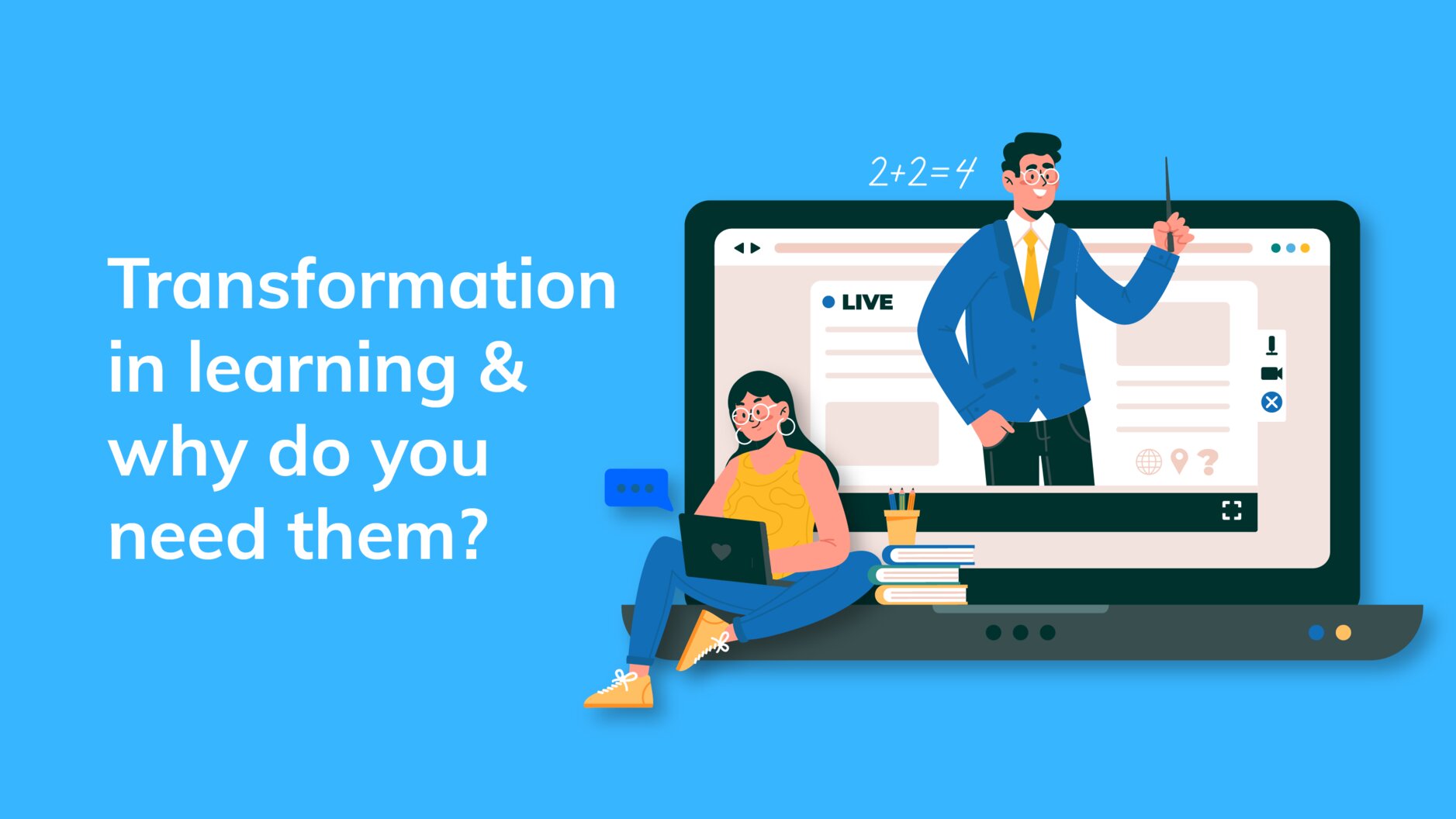As the Greek Philosopher, Heraclitus remarked, “change is the only constant in life”.
Every learner is defined by their willingness to find new things and give a new outlook to older concepts or thoughts.
While the focus of the theory to be discussed is transformation, it brings a clear idea of the importance of change and the need to move along with it. Consider the initial phases of the social media surge. People used it as a basic chatting platform. Now social media has become the hub of e-commerce, businesses, e-learning platforms and much more than what we could associate. Transformative learning does the same.
What is transformative learning?
Our discussion on changes in learning approaches defines the core concept of transformative learning. It is the ability of students to grasp new knowledge as well as give a fresh perspective on the learned concepts.
The theory was introduced by Jack Mezirow, from his research study conducted on adult women who rejoined for higher education. From the observations, he concluded that along with the changing times, people try to apply new ways of learning. They attempt to go beyond their past experience and knowledge to seek an understanding of the concept or new line of thought.
Self-awareness is an integral element of this theory. We need to address the open possibilities available to understand a situation and critically reflect on the gaps. This way we can identify various perspectives on an idea.
How to implement it in learning?
Each method can vary from case to case and in the area of study. Below are some of the points that teachers and students can employ to widen their perspectives.
- Learning through practice. The knowledge we acquire in a classroom comes to a full cycle when we are capable of applying it to a real-world situation. For example, you start taking violin lessons. You might learn chords and notes. However, unless you play the instrument on a daily basis, you cannot master its working. Learning anything new requires you to revise and relearn it to delve deep into it.
- Giving space for critical thinking. Discussions and chats in classrooms are effective ways to bring more perspectives. Students can form small groups and indulge in group activities, debates, projects etc to explore new ways of learning a concept.
- Bringing curiosity to the forefront. Teachers can ensure that every question raised in the class is being answered and pondered by every student. There is no limitation for learning based on the roles in a class. Sometimes teachers can share their experiences and take suggestions from students. This will improve the analysis power for every learner.
Key takeaway
The above discussed are the key points in implementing the transformative learning process in education. However, the possibilities are endless. Teachers can adopt various critical discourses in the need for enlightening students and encouraging self-evaluation methods.
DigiClass introduces higher education to the next level of learning where improvised curriculums and digitized tools can accommodate adaptive learning methods. We open a highly engaging and interactive platform through discussion forums, chats, feedback, quizzes, and much more. We believe in constant and continuous growth seeking to inculcate new thought processes among students and teachers.
teachingstudent learningstudent progresseducational softwareeducational managementacademic growthdigital platformsteacher burnoutautomated solutionpersonalized supporttransformationtransformative learningadaptive learningacademic management




